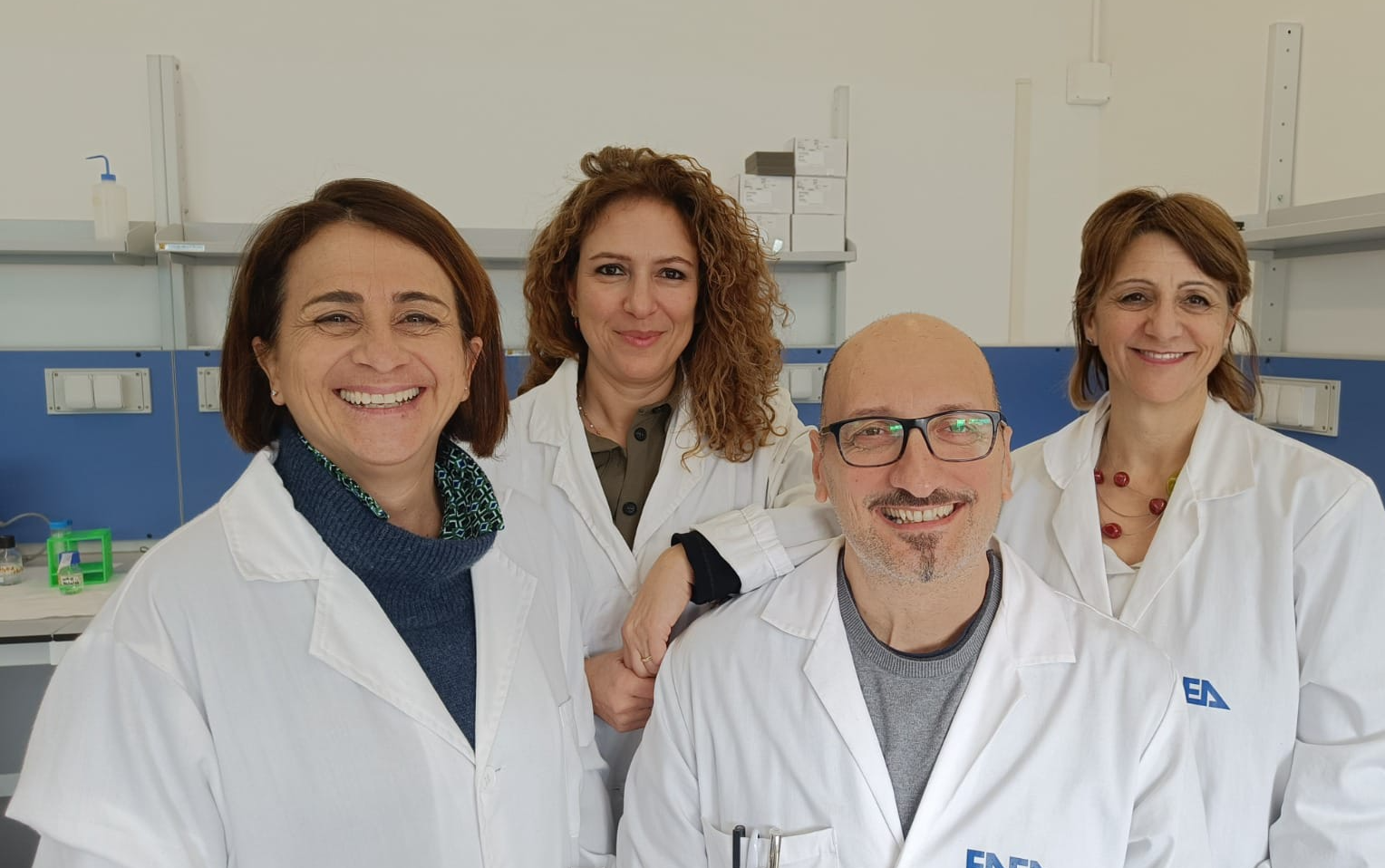Italian National Agency for New Technologies, Energy and Sustainable Economic Development

Health: ENEA uses supercomputing to uncover mechanisms of Parkinson’s disease
A team of ENEA researchers has conducted a study highlighting a potential molecular mechanism underlying Parkinson’s disease - a condition that affects neurons in the brain- which still lacks specific treatments. The research used the ENEA CRESCO supercomputer to perform advanced simulations aimed at predicting and understanding the impact of genetic mutations on the disease and identifying possible therapeutic targets.
The study, published in the International Journal of Molecular Sciences, was coordinated by ENEA researcher Caterina Arcangeli at the RED Biotechnology Laboratory with Barbara Benassi, Massimo Santoro, and Claudia Consales (ENEA); Davide Pietrafesa (University of Rome Tor Vergata); Jessica Rosati and Alessia Casamassa (IRCCS Casa Sollievo della Sofferenza) and Massimo Marano (Campus Bio-Medico University Hospital Foundation).
“The results we have obtained represent an important step to understand the complex cellular mechanisms underlying many serious diseases like Parkinson's” explained Caterina Arcangeli of ENEA. “All this was made possible by computational biotechnology which, together with Artificial Intelligence, is emerging as one of the most promising frontiers for the study and treatment of complex diseases.”
At the core of the study is a specific genetic mutation [1]
in an enzyme crucial to lipid metabolism in cells. This mutation- through mechanisms not yet fully understood -contributes to cellular damage, particularly brain cells responsible for motor control. When these neurons are damaged or die, Parkinson’s symptoms like tremors, muscle stiffness and movement difficulties develop” Arcangeli continued.
To address the gaps in knowledge about this genetic mutation, researchers have used molecular dynamics simulations as a virtual microscope to replicate, on a nanometric scale, the cellular environment experienced by the enzyme [2]. These simulations revealed that the mutation alters the enzymes structure, compromising its stability and interactions with other biomolecules inside the cell.
“The computational approaches we used can faithfully reproduce interaction processes that take place in cells” Arcangeli pointed out.
“These technologies not only improve our understanding of the mechanisms behind diseases but also serve as predictive tools. Thanks to the power of computer simulations like those used in this study, it will be possible to better understand the role of specific genetic mutations and design more effective therapeutic approaches”, she concluded.
Photo and videos
Notes
[1] In the E326K gene mutation, a glutamine is replaced by a lysine in the GBA1 gene, which codes for β-glucocerebrosidase (GCase), an enzyme crucial for lipid metabolism in lysosomes. This mutation, while not considered pathogenic, is associated with a partial functional deficit of the enzyme.
[2] It modulates intracellular pH to simulate physiological conditions of organelles such as lysosomes (pH 5.5) that act as the cell's 'digestive system' and the endoplasmic reticulum (pH 7.0). Failure of the enzyme to interact with a specific neuronal protein (alpha-synuclein), through the accumulation of toxic lipids, promotes the aggregation of the latter in the form of toxic protein fibrils typical of Parkinson's disease, which lead to neuronal death.

